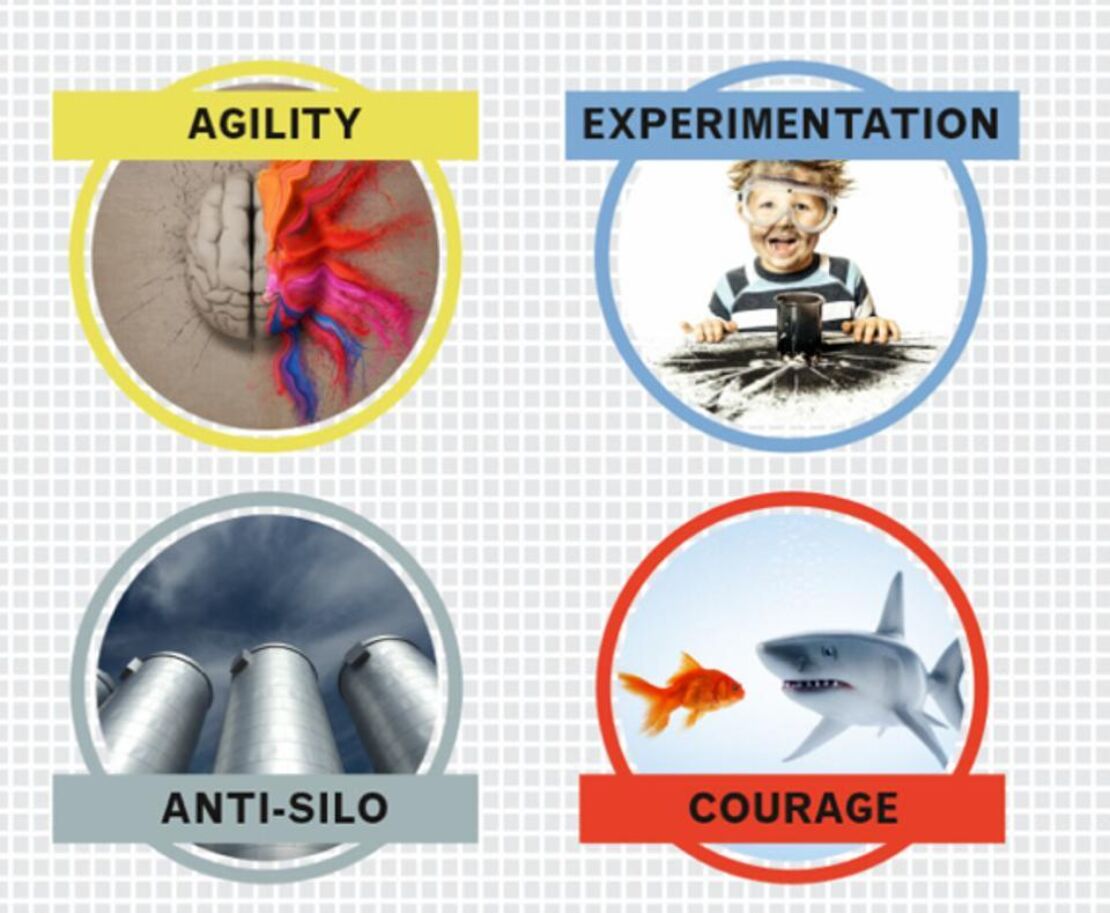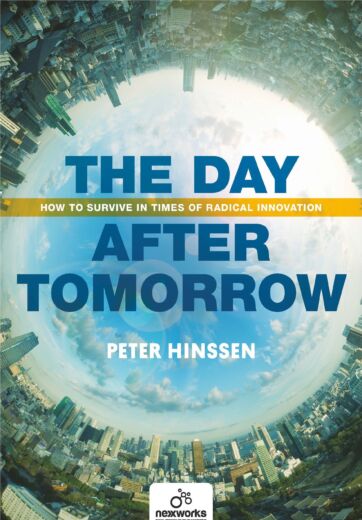Form or Function. It’s an age-old discussion in architecture that will probably never be truly settled. And it probably shouldn’t be. Today’s modernist architects truly believe that 'form follows function'. They feel that the shape of a building, or of an object, should primarily be based on its intended function and purpose.
Get that right first and then, only then, develop the structural mechanisms to support that.
Unfortunately, most companies have it completely backwards. They have been building, testing and trying 50-Shades-of-Grey variations on the classic hierarchical command-and-control model, hoping that one variation might be the silver bullet org chart that might allow them to prevail.
In my opinion, if you want to build organizations that are ready to tackle the ‘Day After Tomorrow’, you should reverse this old kind of thinking and build the cultural foundations first. You find the right people, unite them in a shared sense of purpose and empower them to make their own decisions (yes, even their own mistakes, because there will be mistakes). A command and control culture suffocates innovation. And it will end up suffocating your company.

The key ingredients of an innovative company culture
Devise an organization that has mental agility built in. One that allows people to break the shackles of silo-thinking. Dream up a company that fosters a culture of experimentation, and gives people the courage to question, to try new things and to engage in constructive dialogue.

There is a rainbow of ideas with which to paint. Let go of the Shades-of-Grey variations on the imperial command and control model. Perhaps 'Teal' — which according to Frederic Laloux is the highest level in the evolution of organizations, characterized by self-management, creative potential, bringing one’s ‘whole’ self to work, and having a purpose beyond making money - is a color that is too offbeat for your spectrum. Maybe Holacracy may not work for your organization. But there are so many great innovators out there — like MasterCard, Johnson & Johnson or Haier — and every one of them has a strong culture. Let yourself be inspired by them, and then make their learnings your own.
The most fundamental aspect of the Google Alphabet experiment, for instance, is that they have broken the 'one size-fits-all’ approach of building organizations. In a truly unique manner, they're trying to find the ‘triple point’ — where the superfluid, fluid and solid parts of the organization are perfectly balanced — where multiple culture and organizational forms can co-exist.
So, my advice is: dare to paint an organizational canvas that is not a one-size-fits-all solution. Have the courage to experiment with the enormous variation in colors of organizational cultures that you have at your disposal. But take it seriously. Focus your best talent on your 'people'.
In many companies today, the composition of Human Resources is, unfortunately, seriously anemic: they have too few people who are willing to take risks, who dare to be creative or show entrepreneurship in thinking about organizing for the 'day after tomorrow'. In my opinion, many HR departments completely lack the strategic talent vision that would enable innovation, while theirs is one of the departments that could stand to gain the most from the ‘rainforest magic’. So, put your most visionary and most innovative people in HR, so they can lay a groundwork of talent that will understand, envision and drive your Day After Tomorrow.
This article is adapted from my forthcoming book, The Day After Tomorrow.
